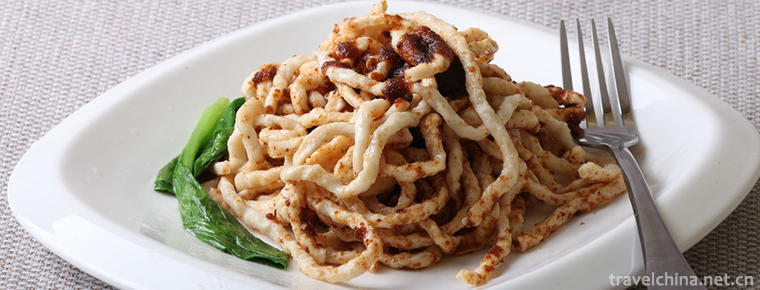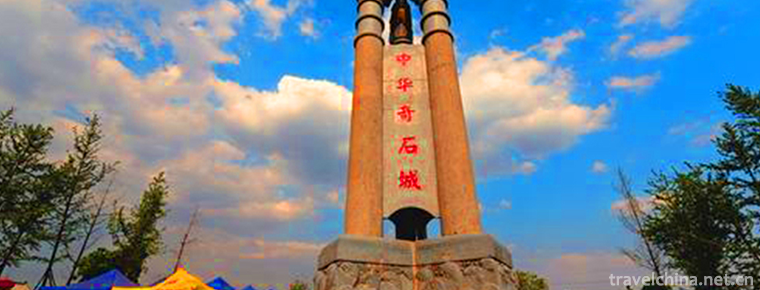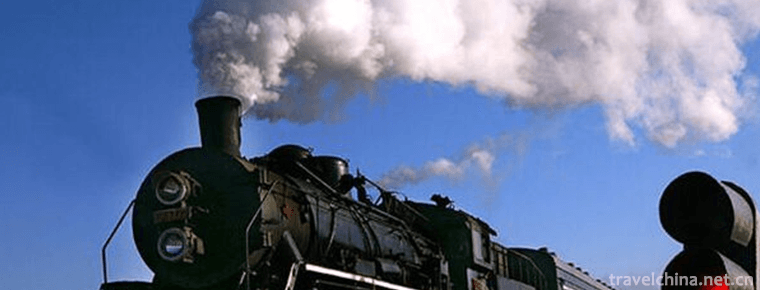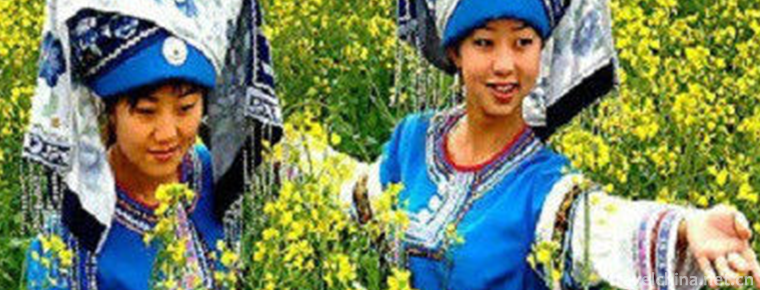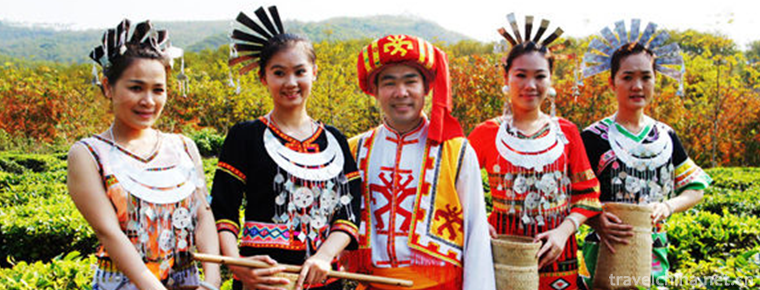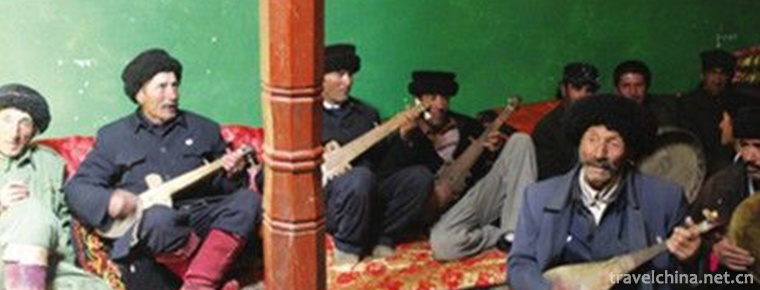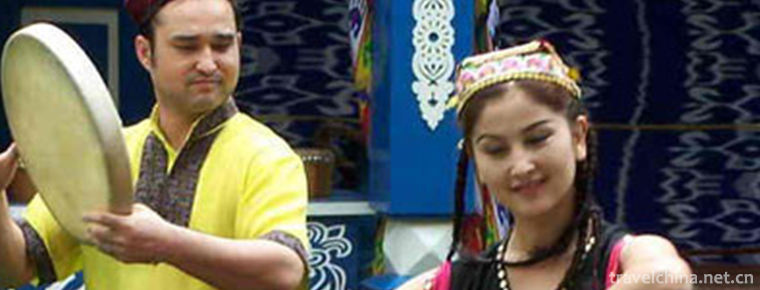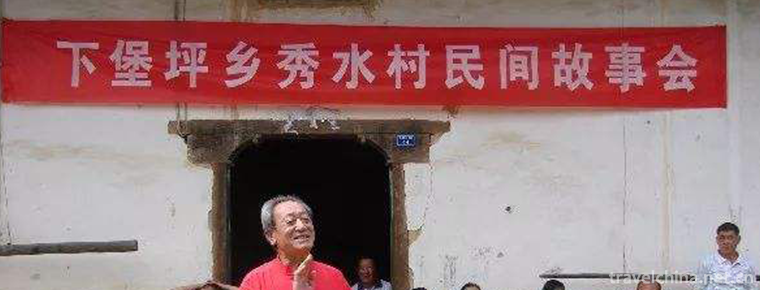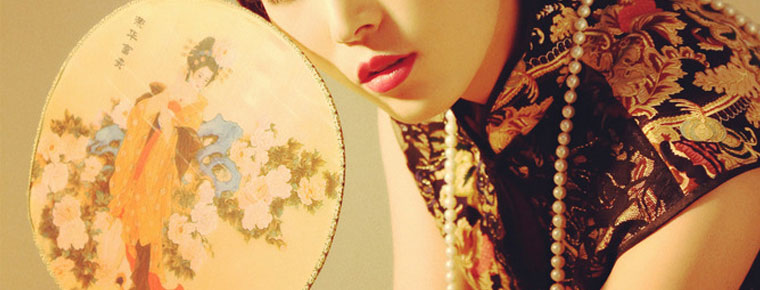Deyang climate
Deyang climate
There are obvious differences in climate between the mountainous area in the northwest and the plain and hilly area in the southeast of Deyang City. The main climatic characteristics are: mild climate, four distinct seasons, abundant rainfall, long frost free period and obvious dry winter. In spring, the cold air activity is frequent, the temperature rises unstable, the precipitation is less, and spring drought often occurs; in summer, there is no hot summer, more rainstorms and often floods; in autumn, the temperature drops rapidly, often with continuous rain; in winter, it is warm and less rainy, more cloudy days, and more foggy days. The annual average temperature is 15 ℃ - 17 ℃, the average temperature of the coldest month (January) is 5 ℃ - 6 ℃, and the average temperature of the hottest month (July) is 25 ℃. The annual average sunshine hours are 1000-1300 hours, and the daily average temperature is higher than 0 ℃ all the year round, and the accumulated temperature of ≥ 0 ℃ is 5500-6000 ℃. The extreme maximum temperature is 37.3 ℃ and the extreme minimum temperature is - 7.6 ℃. The annual total precipitation is 900-950 mm, and the precipitation gradually decreases from northwest to Southeast. The annual precipitation of northwest is more than 950 mm, the central part is 900-950 mm, and the southeast part is less than 960 mm. Most of the precipitation is from May to October, accounting for 87-89% of the annual precipitation. The maximum annual precipitation is 1400-1500 mm, and the minimum is 530-630 mm. The annual average frost free period is 270-290 days. The average number of snowfall days per year is 1-3 days, mostly in the middle of winter. Northerly wind prevails in plains and hills, with an annual average wind speed of 1.4-1.6 M / s, with the largest wind speed in spring. The average wind speed from March to may ranges from 1.6 to 2.0 M / s, and the maximum wind speed reaches 14-19 M / s. The minimum monsoon is in autumn and winter, with an average wind speed of 0.9-1.5 M / m from October to February.

Deyang climate
-
sate noodles
The only disciple chef Wang Daquan who teaches Shacha Noodle recipe by the master of Southern Fujian cuisine Yang Jibo inherits the tradition and makes it flourish. The main ingredients of Shacha sauc
Views: 201 Time 2018-11-02 -
Strange Stones city in China
Located one kilometer north of Feixian Town, Linyi City, Shandong Province, China's largest ornamental stone base, national AAAA scenic spot, Shandong Province's key cultural tourism industry projects
Views: 160 Time 2018-12-22 -
Iron Coal Steam Locomotive Museum
Tiaobingshan Steam Locomotive Museum, formerly known as Iron Coal Steam Locomotive Museum. National AAAA-level scenic spots and national industrial tourism demonstration sites
Views: 230 Time 2019-02-22 -
Bouyei Pange
Bouyei Pange is a traditional folk song of the Bouyei nationality. It is a folk literary work created and sung in the original Bouyei language. Bouyei Pange is popular in Buyi villages
Views: 134 Time 2019-04-04 -
Hubei storytelling
The evaluation of books in Hubei Province is a traditional art of rap and singing in Hubei Province. Popular in northern China, as an independent variety of storytelling,
Views: 193 Time 2019-05-03 -
Li nationality costumes
Li costumes are mainly made of island cotton, hemp, kapok, bark fiber and silk. In ancient times, some places also used the bark of twig or bloody throat trees as clothing materials. This kind of dres
Views: 147 Time 2019-05-12 -
Miao Series Slope Cluster
Miao Series Slope Club refers to the festival activities of villages and villages in Rongshui County, Guangxi Zhuang Autonomous Region during the period from the third to seventeenth day of the first
Views: 161 Time 2019-06-05 -
Tajik Folk Songs
Tajik folk songs are very rich in content. The folk songs handed down to this day include folk songs reflecting ancient social life, customs and customs, eulogizing love and religious rituals. The mai
Views: 188 Time 2019-06-17 -
Uygur Costume
Uygur costumes - more patterns, very beautiful, full of characteristics. Uygur men - pay attention to black and white effect, so bold and unrestrained. Uygur women prefer to use contrasting colors to
Views: 132 Time 2019-06-26 -
Xiabaoping Folk Stories
There are many original ecological works of Xiabaoping folk tales, which have distinct local characteristics and high cultural taste. It is the epitome of the traditional folk literature in the Three
Views: 360 Time 2019-07-01 -
Huainan Normal University
The school was founded in 1958 when it was a teacher's College in Huainan. In 2000, approved by the Ministry of education, the former Huainan normal school, Huainan Education Institute and Huainan nor
Views: 293 Time 2019-11-16 -
Cheongsam and fan
As the saying goes, the pipa is half covered. What did ancient beauties use to cover their faces? The first reaction must be a fan! Fans are also the most common accessories in ancient times. Men use paper fans and women use round fans. Chinese traditional fan culture
Views: 370 Time 2020-12-11
